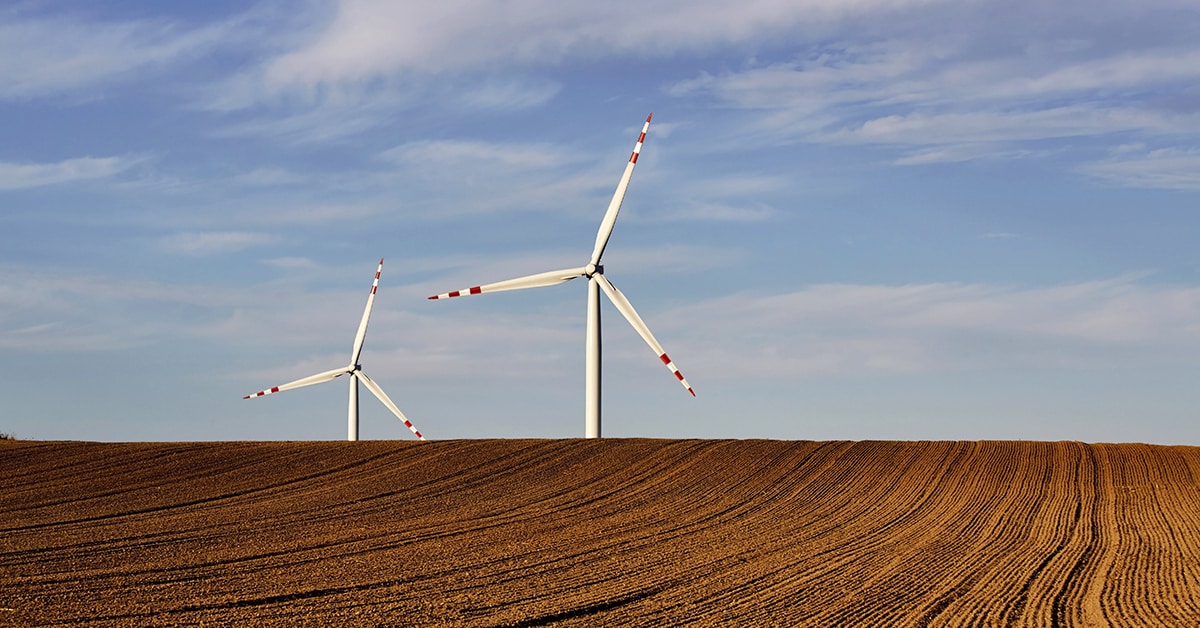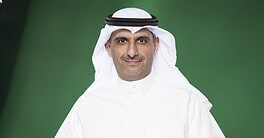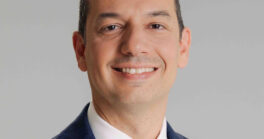Demands for more sustainable investment and green energy are at an all-time high.

Recent weeks have seen a dramatic uptick in demand for green energy in Central East Europe (CEE) and Southeast Europe (SEE). With events prompting fresh assessment of dependence on Russian oil and gas, local governments are rushing to reduce energy use and boost investment in renewables. Commercial banks and multilateral development banks (MDBs) say Russia’s actions have accelerated the shift toward sustainable energy highlighted at the COP26 summit. Recognition of the need to improve efficiency—especially as these are some of the world’s least energy-efficient countries—is joined with an urgent need for greater energy security.
“We simply cannot rely on a supplier who explicitly threatens us,” said Ursula von der Leyen, president of the European Commission, in early April. “The quicker we switch to renewables and hydrogen, combined with more energy efficiency, the quicker we will be truly independent.”
For their part, banks expect a big pickup in green and sustainable projects across the region. “Demand for a decoupled, more local energy supply will favor sustainable-energy generation,” says Dominic Pfisterer, head of financing for CEE at UniCredit. “This has been underlined by the Commission’s REPower EU program, which will lead governments toward…further renewable investment.”
Simona Miklošoviová, spokesperson at Slovakia’s Tatra banka, whose first green bond, in April 2021, raised some €300 million, sees another driver at work: fossil fuel costs pushed higher by conflict.
“The prices are significantly changing the cost-benefit analyses of green investments and significantly improving project ROI,” she says. Citing numerous alternative-energy projects announced just in March 2022, she notes, “The mood seems to have changed from wait-and-see toward quicker action.”
She points to coal-intensive Poland as a place that “still has plenty of low-hanging fruit,” while in the broader region, household heating, typically gas, remains an environmental challenge: “Electrification of heating, preferably via heat pumps, and development of renewable energy sources would go a long way toward decreasing CO2 emissions across CEE.”
Bankers are working with clients to advance sustainability in ways that take full advantage of EU Recovery and Resilience Funds. Pfisterer says UniCredit has taken the lead in financing projects such as the Sofia Airport privatization, Belgrade’s Waste-to-Energy Project and the rollout of Bucharest’s fiber-optic network. He argues “green” should be broadly defined, and include energy-transition initiatives, digital infrastructure, transport, health care, water and wastewater management.
Other bankers echo this need for a broad definition of “green.” “Generally, there are a lot of opportunities within real estate, energy production and energy efficiency sectors in all CEE countries,” says Markus Ecker, head of Sustainable Finance at Raifeissen Bank International (RBI). “With rising energy prices, switching to renewable energy production is of most interest for our customers, followed by energy-efficient buildings.”
RBI is one of the region’s big players in sustainable bonds: the first issuer of green bonds in Slovakia, Romania and the Czech Republic. It launced a Green Bond Program in 2019 to help redirect capital flows to green real estate, energy efficiency in real estate, clean transportation and renewable energy. As of year-end 2021, RBI Group had issued €1.3 billion in six currencies across 15 bonds.
Multilateral development banks took green finance seriously long before it was trendy. Sustainable initiatives at the European Bank for Reconstruction and Development (EBRD) last year accounted for €5.4 billion, more than 50% of the bank’s total investments of €10.4 billion. The bank has a three-pronged approach to working with commercial banks on green project financing, and most of the monies were disbursed via its Green Economy Financing Fund (GEFF), Green Economy and Climate Action (GECA) and Green Cities programs.
GEFF, launched in 2004 to finance sustainability among small and midsize enterprises (SMEs), has since become one of EBRD’s flagship projects, last year lending some €1.4 billion. It plays a key role in working with local banks—some 170 across the region with a strong focus on SEE—to identify green projects and how to finance them.
“GEFF helps banks understand how sustainable financing works and how they can issue bonds on the back of it,” says Ian Smith, head of intermediated green finance and policy in EBRD’s Energy Efficiency and Climate Change Team. “At the same time, we have advised them to broaden the definition of green beyond the obvious to include such things as resilience to flooding, using waste materials with a lower environmental impact, and adopting sustainable business practices.”
Local banks say the schemes have been very useful, with Ömer Tetik, CEO of Romania’s Banca Transilvania, calling it an excellent mechanism that supports client outreach and investment opportunity assessment. “It is of utmost importance to cooperate with the aim of raising sustainable practices awareness, growing local market knowledge and helping unlock more green financing opportunities,” he adds.
EBRD’s Green Cities program, launched five years ago, pools knowledge to provide investment and other support to municipalities. It has mobilized some €5 billion in sustainable investment for 53 cities across 23 countries. For local banks, under pressure to look green by doing green, the EBRD’s involvement provides reassurance—as does the fact that municipal lending tends to be secure, with low NPLs. Meanwhile, cities increasingly recognize they have a key role to play in reducing CO2 emissions.
“MDBs such as EBRD or EIB have a positive impact on providing support for green investments, either in form of granting guarantees on provided loans or in form of direct financing of such projects,” says TatraBanka’s Simona Miklošoviová. “Both lead into more favorable terms of the financing for the final recipients, such as decreased collateralization requirements, lower interest rates, etc.”
Over the past few years however, as awareness of sustainability has grown, so have financing options, reducing the importance of MDBs. “Direct financing may still be considered the most viable solution in many cases, although access to investors in international capital markets became an attractive alternative for larger corporates and institutions,” explains UniCredit’s Pfisterer. “Recently, we’ve seen a first wave of transactions successfully placed in the capital markets involving institutional investors, primarily through sustainability-linked bonds, SDG bonds and private placements.”
Still, as the demand for green and sustainable project financing grows, there will probably be a renewed need for MDB involvement. This will especially be the case for smaller projects initiated by SMEs for whom green bonds or direct financing may not be most appropriate. “Supra-nationals and development banks play an important role in financing the transition to a more sustainable society in CEE/SEE,” says RBI’s Markus Ecker. “They influence the priority setting, and their focus on green projects is crucial for the sustainable development of [these] regions.”
Given the scale of investment needed to succcessfully transition the region to sustainability, banks and private-sector actors will have to support government and international efforts. “There’s just no way the EBRD and multilateral agencies can undertake what’s needed on their own,” says Nigel Jollands, associate director of the EBRD Green Cities program. “Private capital is needed now more than ever.”
Still, governments can be expected to take the front seat. It seems likely that many CEE and SEE countries will look to follow the lead of countries like Mexico and Uzbekistan, issuing bonds aligned with UN Sustainable Development goals, corralling private and commercial funds into national projects that reflect Paris Agreement goals. Commercial banks will continue to play the key role. And as demand continues, expect further innovations.



